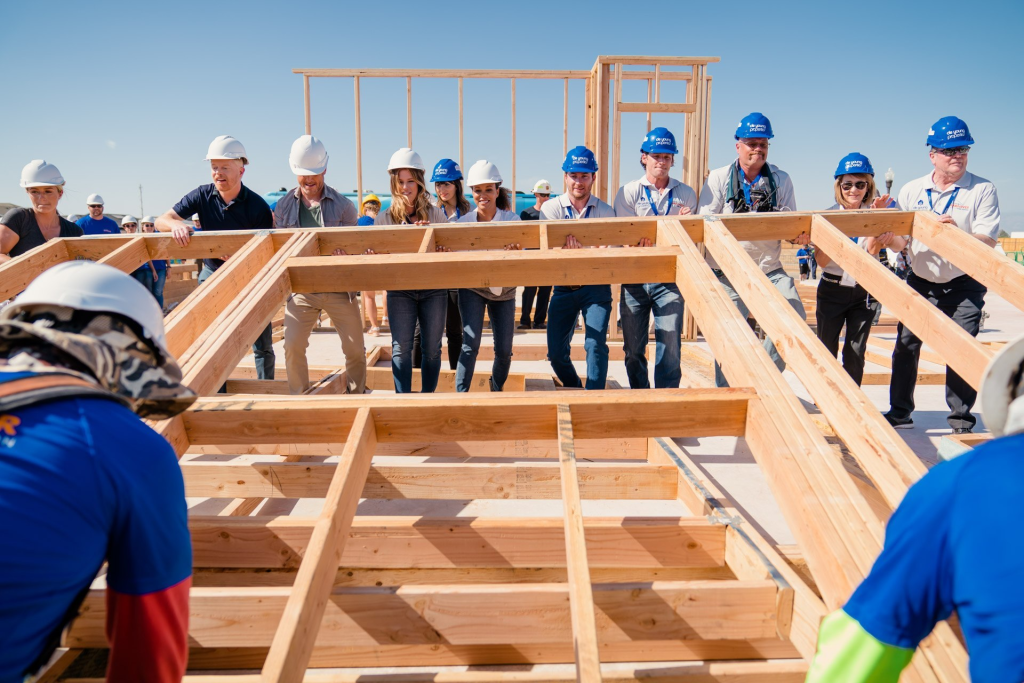shelter for all

What is it?
The shelter is a basic human need crucial for survival in cases of natural hazards or conflict. It provides security, personal safety, and protection from the weather, and prevents ill health and disease.
Adequate housing provides people with dignity and the opportunity to lead a normal life. Shelter plays an essential role in reducing vulnerability and building resilience.
Settlements are not simply safe physical spaces but also socially acceptable and socioeconomically viable living environments.
Why is this important?
Needs for shelter and settlements are increasing. The number of internally displaced people across the globe reached 55 million by the end of 2020, with 40.5 million new displacements, the highest annual figure recorded in a decade.
As of 31 December 2020, worldwide, there were more than double internally displaced people than refugees. Among internally displaced people, 48 million fled conflict and violence, and 7 million from disasters, but these figures could be a significant underestimate of the current situation.
Humanitarian organizations help affected communities through immediate shelter response to a disaster or in anticipation of one. They provide technical support and capacity building, financial assistance (including cash assistance and rental support), and building supplies.
The basic transitional shelter often remains people’s only home for many years. These structures usually serve as a foundation for future expanded and reinforced housing.
Building back safer is essential for resilience. In disaster-prone countries, qualified technical support should be linked to the capacity building of the local construction industry.
Reliable shelter enforces communities’ resilience and reduces their vulnerability. The shelter is often considered the most important asset in securing the means to earn a living.
